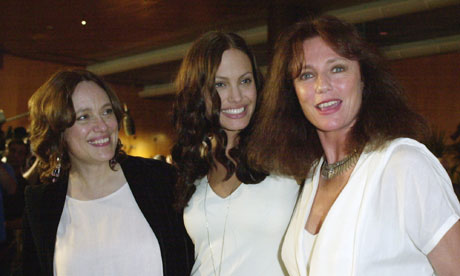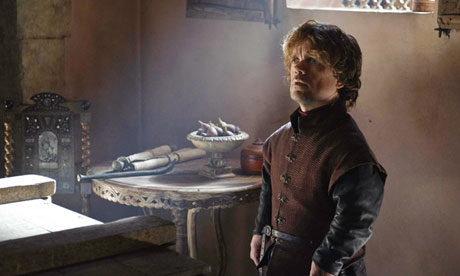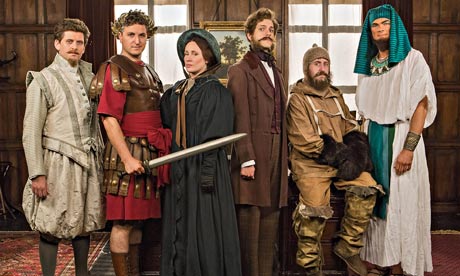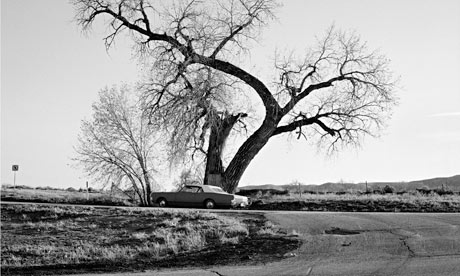The history of rock music.
The headline of the article is "The History of Rock Music". The author of the article is Mihaela Schwartz. The article was published on the web site www.helium.com on May 04.2012. The article provides the information about the the foundations that laid by the rock and roll.
In the beginning of the article the author states that people nowadays call rock is a musical genre that developed on the foundations laid by the rock and roll. The latter one has its roots in various styles of Afro-American music. When trying to trace the origins of rock music, we as back as the late 30s and to the big jazz bands of Count Basie and Jay Mc Shann. Their music, inspired by rhythm and blues, was afterwards popularized by black artists like Chuck Berry and Fats Domino, before being adopted by white singers such as Bill Haley and Elvis Presley.
Mihaela also states in her article that the year 1954 featured by Bill Haley’s recording of “Around the Clock” (that remained number one in the U.S. for 8 weeks and went on to sell 20 million copies worldwide) is considered the official date when the rock music was born. The same year, Elvis Presley nicknamed The King issued one of earliest rock pieces – “That’s Alright Mama” – in which he introduced elements of country music.
The author in her article states that in the 60s, the rock music starts getting into Europe. The beginning of this decade is marked by several moves such as the first Rolling Stone’s concert in 1962 and the first hit of the notorious Beatles – Love Me Do. At the end of this decade, the sentimental words of rock songs give way to more committed texts, particularly under the influence of Bob Dylan - an artist whose work was influenced by the American folk.
In conclusion the author gives us the information about this period that was also marked by major figures such as Jimi Hendrix, The Doors, The Who, Pink Floyd and Jefferson Airplane, all influenced by the hippie movement and by the emancipation events of the years 1968-1970 in the U.S. and Europe.
In my opinion Mihaela is right to say that rock and roll music has some roots from the Afro-American culture. As for me I didn't know before this article about it.






